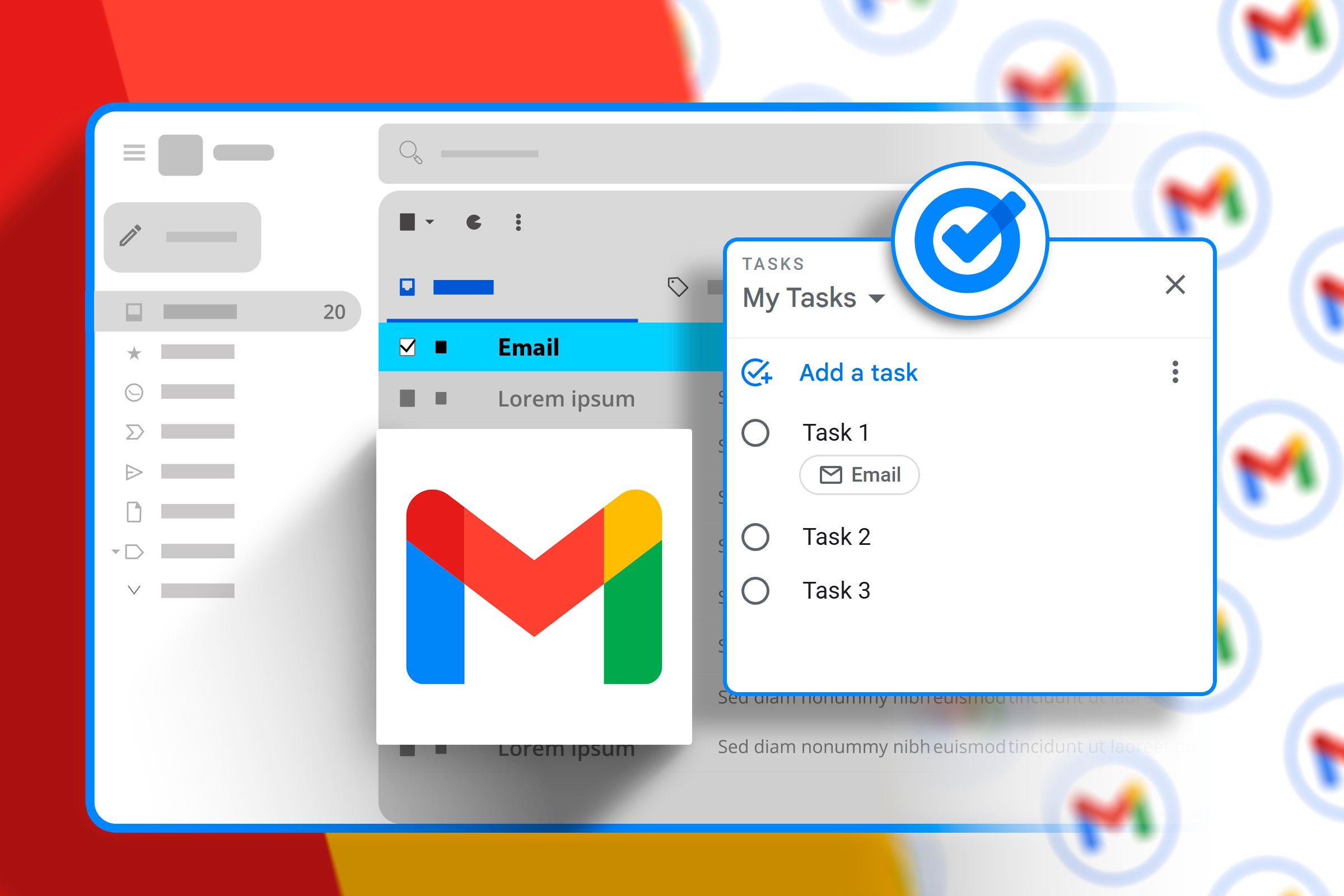How to Plant Leeks and Onions

Even during the coldest days of the year, I love being able to go out to my garden and grab some basic vegetables and herbs. It’s how I plan what to grow over winter: carrots, celery, onions, and leeks. Everyone should grow onions, but don’t sleep on the leeks. They’re a gentler alternative to onions and garlic, with a little bit more heft.
Onions and leeks are the basis of every recipe
Every soup and stew starts with alliums like garlic, onions and leeks, so having them in the garden makes sense. You want to grow and eat leeks, if you never have. Anything made with onions could use leeks instead. The flavor is complex, but milder than onions, and creates a silkier finish. My fall is full of potato leek and cauliflower leek soup. Braised leeks with bread crumbs are an unexpected but memorable side dish.
Growing your own onions gives you the opportunity to grow varieties you won’t see in a grocery store. While it makes sense to grow “keeper” onions that you can cure and store (this is what stores sell you), you can also grow Egyptian walking onions, which are fascinating and grow tiny onions at the top of their greens, which flop over and replant themselves. There are also cippollini onions, beautifully colored purple onions, and super sweet yellow and red onions that you wouldn’t find at the supermarket. Growing your own gives you the chance to experiment.
Alliums love winter
Onions and leeks are perfect for overwintering. Leeks require anywhere from 75 to 115 days to mature, but that’s dependent on full sun. The leeks you plant now will be ready to harvest in spring, which gives you a lot of time to achieve that white, blanched portion of the final vegetable. Onions are also a long investment of three to four months, so you’ll be harvesting them in spring, as well.
Get leeks and onions started in fall from seed, sprouts or sets
Onions can be grown in a few ways: You can plant seeds, and you could direct sow onions if you’d like into your garden. Most nurseries sell onion starts, which come in bunches of 25 onions, about five inches tall. This time of year, you can also buy onion sets, which are tiny, baby onion bulbs that you plant like you do flower bulbs. These onions need to get into the ground now. If you’re planting sets or starts, you can dig a long trough in your bed, lay the onions down with their roots in the trough, or the onion sets in the trough, and then cover the trough back up. The sets will be buried. If you used onion starts, the greens will still be exposed, but the roots will be buried.
Leeks, like most onions, are quite easy to sprout from seed, so you can direct sow them if you want. Even when very young, they withstand a lot of handling as you separate the seedlings. When you plant leeks, you want to plant them as deep as possible: The entire leek, save an inch, should be below the soil. If your leek seedlings are five inches long, the hole for the leeks should be four inches deep. When leeks are this small, the best way to make these long holes is a pencil, which you’ll use as a dibbler (a gardening tool that makes holes for seeds or plants). You can plant leeks six inches apart or so, into well-worked and compost-rich soil.
Replant for mostly white leeks
Onions don’t need interventions, but leeks benefit from it: Since the white part of the leek is the part you’re most likely to use, here’s how to get mostly white leeks. The onions and leeks will grow through winter, even under snow, though not to full size. In late winter/early spring, dig up all the leeks, which should be quite long. Cut them down to 10 inches. You’ll now need a nine-inch dibbler, which you’ll use to make holes nine inches deep and replant the leeks. Just cut a piece of PVC pipe to create one, or use the handle of your shovel or rake, or even the handle of a house broom. Push the dibbler into the soil, then pull it out and drop your leek seedling in. Though you only need to do this once, you can repeat the action of digging up the leeks, trimming and replanting them a number of times over the early spring, and the result is that your leeks will get longer. The more leek that’s underground, the longer the white section of leek will be.
Harvesting alliums
Another appealing aspect of onions and leeks alike is that you can kind of harvest them anytime. Sure, they may not be full size, but even young alliums taste the same as full-size—unlike, say, a tomato or carrot. This is an effective way of thinning the alliums over the winter.
That said, onions benefit from being left until spring, when the tops of the onions flop over and the neck of the onion, which is the part between the onion and the tops, dries out and hardens. This is a sign that the onions are ready to harvest; the best way to do so without harming the onions is to use a pitchfork to loosen the soil under them. Once dug up, you need to cure the onions by dusting the onions off (not washing them) and then laying them in a single layer or hanging them to dry in a warm, dry location with good air flow. Curing takes up to four weeks. You can tell the onions are done when the outside layers of onion become papery and dry.
When you’re ready to pull your leeks out (which I tend to do on an as-needed basis), make sure you use a shovel and dig out the entire leek, which will be quite deep. I use a garden hose to spray dirt off the root ball before I bring the leek inside.
Because of how they grow, leeks tend to have a lot of dirt in them. Slice them in half the long way to clean them effectively, under running water. Then use the white part as you would garlic or an onion, and the green part is still useful in any way you’d use the green from scallions. I chop them into salads, or make a pesto from them, or stir fry them.











